|
BASICS OF AERODYNAMICS Aerodynamics is the study of forces and the resulting motion of objects through the air. Anything that moves through air reacts to aerodynamics. Here we only discussing about aircraft's aerodynamics. FOUR forces of flight A force may be thought of as a push or pull in a specific direction. A force is a vector quantity so a force has both a magnitude and a direction. When describing forces, we have to specify both the magnitude and the direction. Weight Weight is a force that is always directed toward the center of the earth. The magnitude of the weight depends on the mass of all the airplane parts, plus the amount of fuel, plus any payload on board (people, baggage, freight, etc.). The weight is distributed throughout the airplane. But we can often think of it as collected and acting through a single point called the center of gravity. In flight, the airplane rotates about the center of gravity. Flying encompasses two major problems; overcoming the weight of an object by some opposing force, and controlling the object in flight. Both of these problems are related to the object's weight and the location of the center of gravity. During a flight, an airplane's weight constantly changes as the aircraft consumes fuel. The distribution of the weight and the center of gravity also changes. So the pilot must constantly adjust the controls to keep the airplane balanced, or trimmed. Lift To overcome the weight force, airplanes generate an opposing force called lift. Lift is generated by the motion of the airplane through the air and is an aerodynamic force.. Lift is directed perpendicular to the flight direction. The magnitude of the lift depends on several factors including the shape, size, and velocity of the aircraft. As with weight, each part of the aircraft contributes to the aircraft lift force. Most of the lift is generated by the wings. Aircraft lift acts through a single point called the center of pressure. The center of pressure is defined just like the center of gravity, but using the pressure distribution around the body instead of the weight distribution. Drag As the airplane moves through the air, there is another aerodynamic force present. The air resists the motion of the aircraft and the resistance force is called drag. Drag is directed along and opposed to the flight direction. Like lift, there are many factors that affect the magnitude of the drag force including the shape of the aircraft, the "stickiness" of the air, and the velocity of the aircraft. Like lift, we collect all of the individual components' drags and combine them into a single aircraft drag magnitude. And like lift, drag acts through the aircraft center of pressure. Thrust To overcome drag, airplanes use a propulsion system to generate a force called thrust. The direction of the thrust force depends on how the engines are attached to the aircraft. The magnitude of the thrust depends on many factors associated with the propulsion system including the type of engine, the number of engines, and the throttle setting. Note that the job of the engine is just to overcome the drag of the airplane, not to lift the airplane The motion of the airplane through the air depends on the relative strength and direction of the forces described above. If the forces are balanced, the aircraft cruises at constant velocity. If the forces are unbalanced, the aircraft accelerates in the direction of the largest force. THE BITS OF AN AIRCRAFT The 4 main parts of an aircraft is
WING Wings are one of the most important parts in an aircraft. Wing provides the necessary lift for aircraft to stay in the air for this wings need to have camber. That is, the top needs to be slightly curved, like a hump. The bottom is left as flat. An object with this shape is called airfoil. Airfoil is the very basic physics behind the aircrafts. Some common terms related to wings are following.
Aircrafts also have moving surfaces on the wing to control the flight of aircraft. These are the following
According to the position of attachment of wing with fuselage there are 3 kinds of configuration
EMPENNAGE Empennage is made up of horizontal stabilizer & vertical stabilizer. These are used to keep the air plane in control. Without empennage it is very difficult to control the plane it will crash. In fighter jets it may be constructed around the exhaust nozzle. Empennage also has moving parts in it they are
According to the position of attachment of horizontal stabilizer with empennage there are 2 kinds of configuration
Fuselage The fuselage, or body of the airplane, is a long hollow tube which holds all the pieces of an airplane together. The fuselage is hollow to reduce weight. As with most other parts of the airplane, the shape of the fuselage is normally determined by the mission of the aircraft. A supersonic fighter plane has a very slender, streamlined fuselage to reduce the drag associated with high speed flight. An airliner has a wider fuselage to carry the maximum number of passengers. On an airliner, the pilots sit in a cockpit at the front of the fuselage. Passengers and cargo are carried in the rear of the fuselage and the fuel is usually stored in the wings. For a fighter plane, the cockpit is normally on top of the fuselage, weapons are carried on the wings, and the engines and fuel are placed at the rear of the fuselage. The weight of an aircraft is distributed all along the aircraft. The fuselage, along with the passengers and cargo, contribute a significant portion of the weight of an aircraft. The center of gravity of the aircraft is the average location of the weight and it is usually located inside the fuselage. In flight, the aircraft rotates around the center of gravity because of torques generated by the elevator, rudder, and ailerons. The fuselage must be designed with enough strength to withstand this torques. Engine Compartment The place where the engine situated is called engine compartment. It may contain engine cooling systems according to the design and needs. References
Wikipedia grcnasa.gov. Various reference texts Images from NASA, Wikipedia , Various wbsites Leave a Reply. |
AuthorPalash Choudhari Archives
June 2021
Categories
All
|
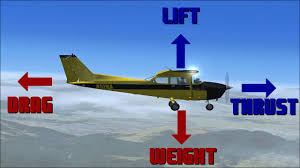
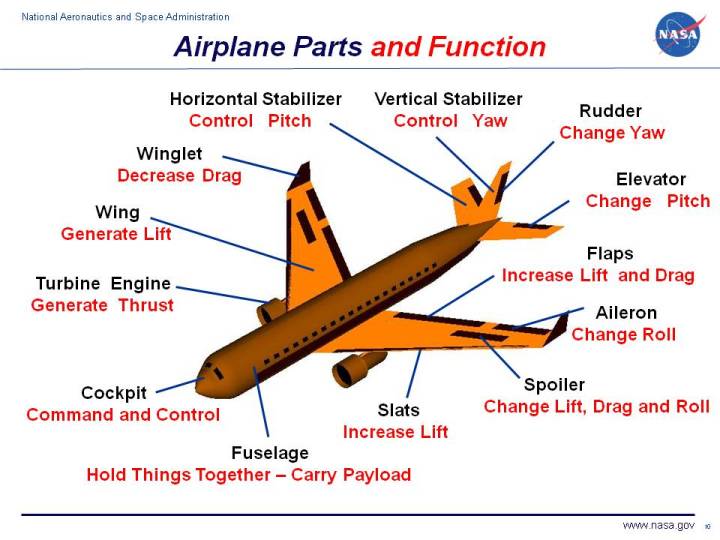
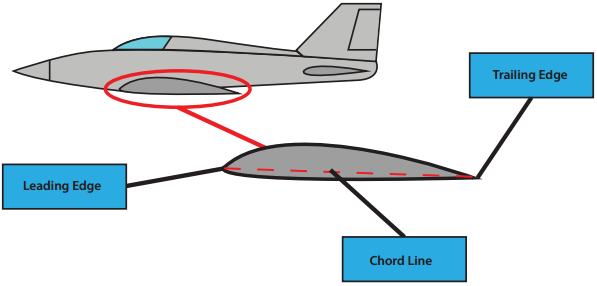
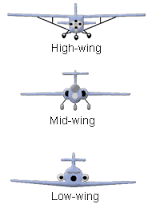
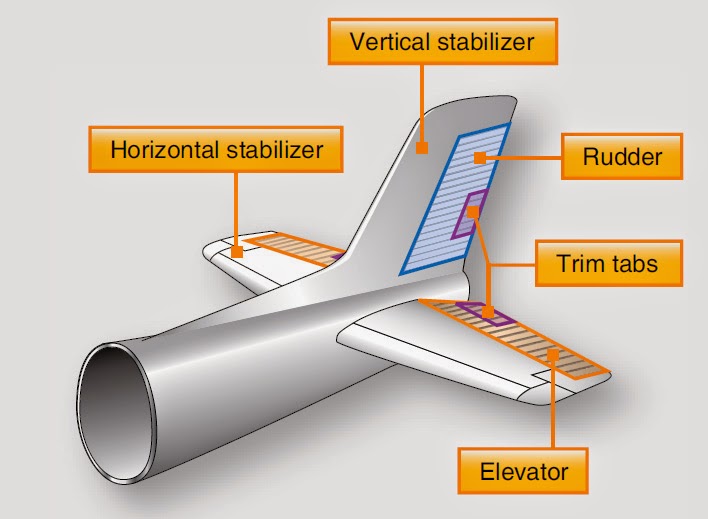
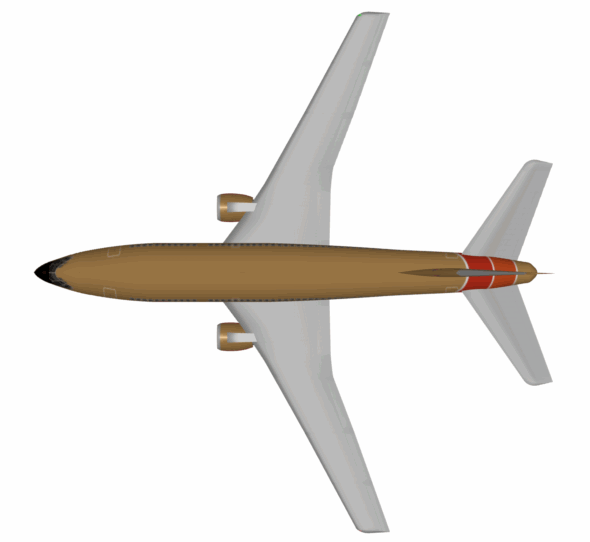
 RSS Feed
RSS Feed
